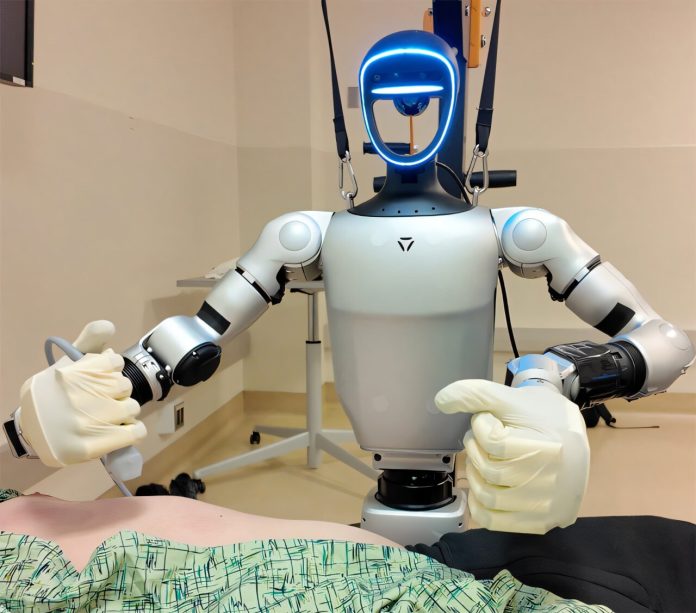
Hospitals around the world are facing serious challenges.
Surgery wait times are growing, doctors and nurses are overworked, and staff shortages are becoming a daily reality.
But what if humanoid robots could help?
That’s the idea proposed by Michael Yip, a robotics expert and professor at UC San Diego, in a recent article published in Science Robotics.
Today’s surgical robots are impressive but limited. They are designed to do very specific tasks and can only be operated by highly trained doctors. These machines are also expensive and difficult to scale up for widespread use.
As a result, they haven’t been able to keep up with the growing demands in hospitals.
Although artificial intelligence (AI) and robotics have made huge leaps in recent years—especially in industrial and humanoid robots—these advances haven’t yet reached the world of surgical robotics.
That’s mostly because training surgical robots requires enormous amounts of data from real medical procedures, which is hard to gather and raises serious privacy concerns.
Yip suggests a new way forward: give surgical robots humanoid features—arms, hands, and fingers—like the robots already being developed for use in factories. This would allow these robots to use the powerful AI models that are already helping industrial robots learn quickly and work efficiently.
Imagine a humanoid robot in the operating room that could hold an ultrasound probe, control a camera during surgery, or even act as a scrub nurse by handing instruments to the surgeon.
These are important tasks that currently require skilled staff who could be helping other patients instead. Performing them can also be tiring, both physically and mentally.
By handling these routine and physically demanding jobs, humanoid robots could relieve pressure on doctors and nurses. It wouldn’t make sense to design a different robot for every individual task. But a general-purpose humanoid robot could adapt to many different jobs, making it a practical and long-term solution.
As humanoid robots become more advanced, their AI capabilities will continue to improve. Over time, they could learn more skills and become valuable helpers in the operating room.
While we’re still a long way from robots performing surgery on their own, Yip believes they could soon become key players in hospital teams, helping to address staffing shortages and easing the burden on human workers.
His full argument will appear in a detailed study titled “Humanoids in Hospitals: A Technical Study of Humanoid Surrogates for Dexterous Medical Interventions,” which is currently in preprint.



